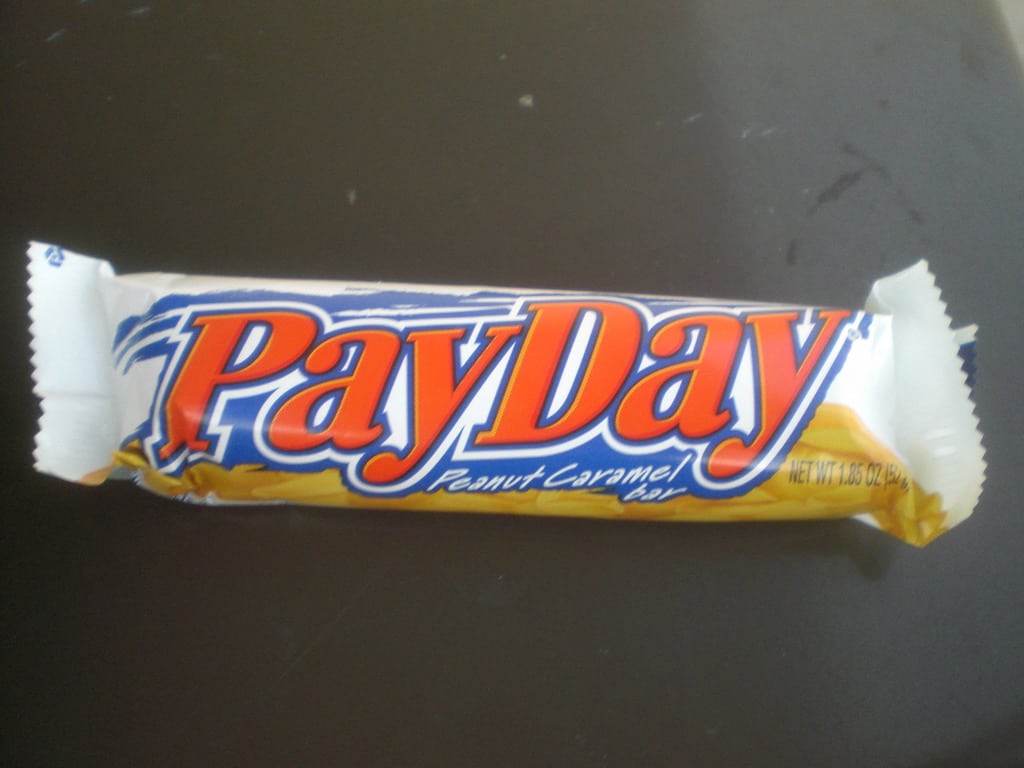Back when I was working at Kinko’s doing layout, one of my regular customers would often ask me to create or update an application form for his company. It was for some kind of loan, and as I had to type in the fine print myself, I got to read it closely. I was appalled to see things like “375% APR” down there at the bottom.
This guy was clearly some kind of loan shark, which is kind of another way of saying a payday lender.
Payday lenders exist all over the place. Today there are more payday lender branches in the U.S. than McDonald’s, according to a 2014 report by NBC.
These places wouldn’t exist if people weren’t using them. So it’s time to take a look at this “fringe” area of financial services.
Table of Contents
What’s a payday loan?
A payday loan is a short-term, high interest rate loan.
The way the scheme works is that the borrower will write a post-dated check. The lender will provide the amount in cash, minus a fee, and when the check becomes valid (presumably on or after payday) the check is cashed.
If the idea of writing a post-dated check seems a little sketchy to you, I’m with you. I wasn’t even sure that writing a post-dated check was legal (it is, at least unless it’s with intent to defraud).
What’s certain is that this is a service borne of necessity. If you’re writing a check against your future earnings, then this implies that you have no savings at all, no credit to pull from, and no flexibility to put off a purchase. And when there is an urgency to the transaction, the lender can charge pretty much whatever fees they want.
And boy do they ever.
An expensive product that feels cheap
Payday loans seem cheap at first. Services are advertised as something like “$15 for every $100 borrowed”, which does seem reasonable, until you do the math and discover that the APR is almost beyond belief.
Fees are mostly regulated and vary by state, but you can go to the PayDay Loan Consumer Information site and click your state to see what the laws are regarding maximum APRs.
Oregon, where I live, allows for an APR of 154% for a 31 day loan. Ouch.
But compare that to Virginia, which allows an APR of 687.76% on a 14 day loan, and Delaware, which appears to have no limit at all!
A long history
Payday lending has been around in some form or another for a long time. But laws in the early 20th century limited how much interest could be charged, and eventually, the combination of consumer credit and loans offered by community banks pushed this kind of lending to the side.
But the laws changed, and the Depository Institutions Deregulation and Monetary Control Act of 1980 deregulated banks so that they could to charge market rates without a cap. And since then, there’s been a positive boom.
The Consumer Financial Protection Bureau (CFPB) (created in 2010) has been working diligently to prevent people from getting stuck in these “debt traps“, but, again of course, there are those in power today who want to get rid of the CFPB.
Who uses them?
According to a study by the Pew Charitable Trust back in 2012, 5.5% of all adults nationwide used a payday lender within the past 5 years. Payday loan borrowers spend over $7 billion per year at payday lenders, and are in debt for an average of five months.
The typical payday loan is for 14-31 days. So why five months?
It’s because people typically do not take out only one loan. It’s not uncommon for people to “rollover” one loan into another, or even take out another loan at another institution to pay for the first loan, incurring higher and higher fees.
This is why they call it a “debt trap”.
Don’t judge
Lest we waggle our fingers at people for making poor financial decisions, let’s be aware that the reality is slightly more complicated than that.
With wages stagnant and costs of living continuing to rise, making ends meet is much more difficult than ever before for many of us. And while we talk about how everyone get credit cards thrown at them, the truth is that not everyone has access to credit.
Which is a good thing. Except if you have no money and can’t pay your bills.
And so we have the situation we have today.
Don’t do it
Payday loans are an unabashedly terrible product, and anyone contemplating it should do everything they can to avoid it. NerdWallet has a list of payday lending alternative services. Here are other resources. Unless you have a Run Lola Run-style emergency, you should be able to turn to something here for help.
And if you aren’t in this situation, don’t get complacent. Anyone can get there with sufficient bad choices and bad luck.
But if you follow the plan we talk about on this site, needing payday loans aren’t something you’ll ever need to seriously worry about.
Have you had an experience with payday loans? I’d love to hear about it below.

